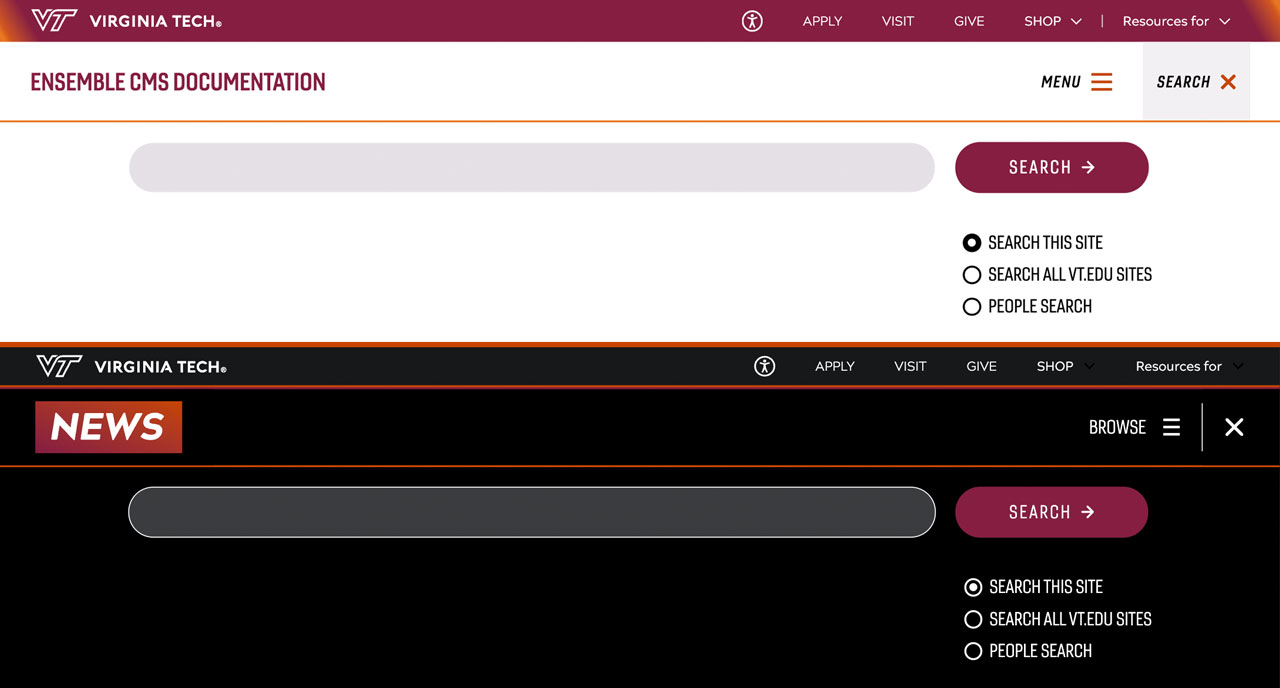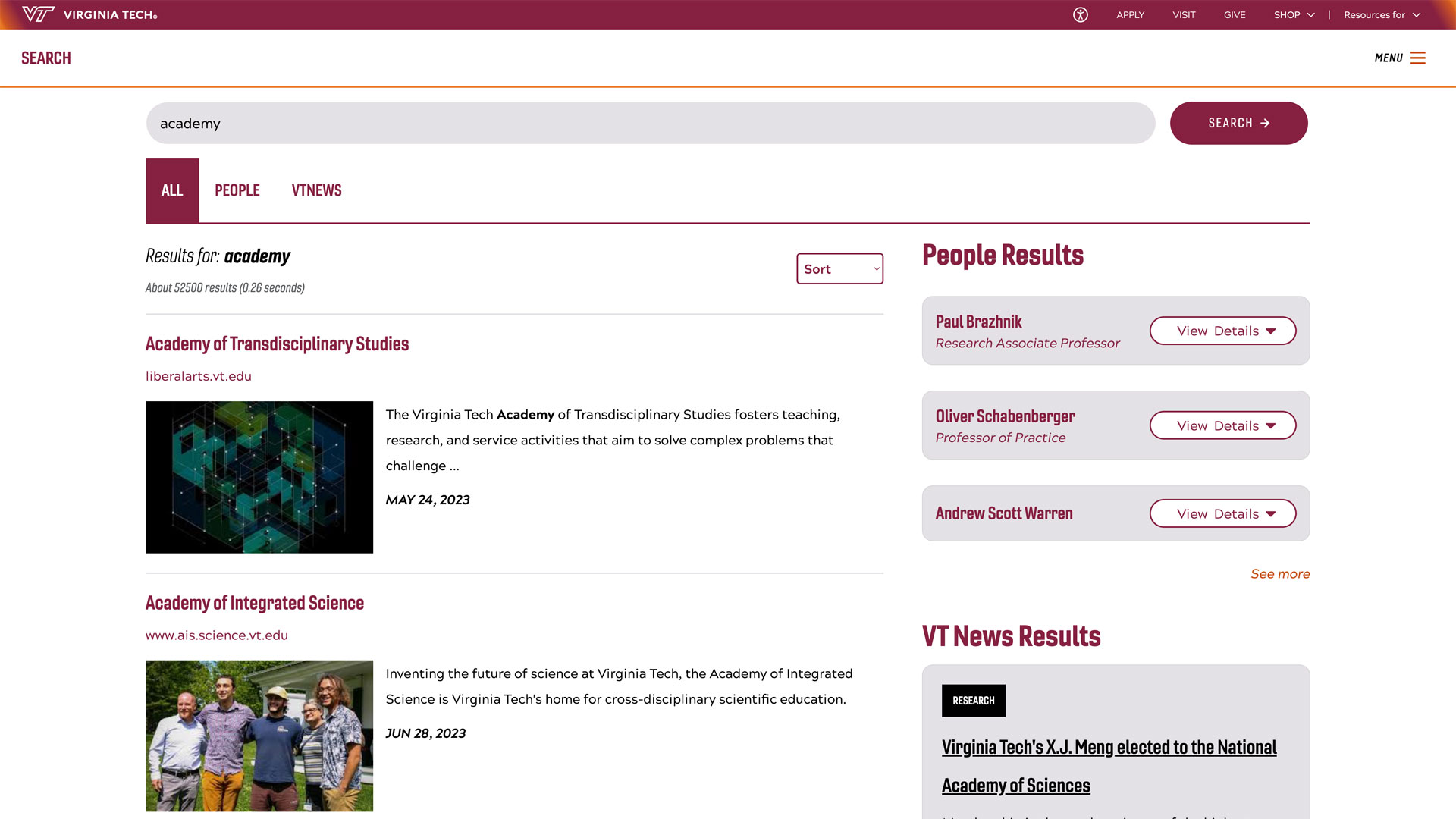Irish warmblood horse recovers from colic after surgical intervention at Virginia Tech equine hospital

Cooley, a much loved 24-year-old Irish warmblood horse, was found down in his field at his normal feeding time and seemed unable to stand.
“Cooley is more than just a horse; he is a cherished member of our family and a trail partner and beloved best friend to my son, a 16-year-old young man,” said Kristin Mowry, Cooley’s owner, from Crownsville, Maryland. “We rescued him four years ago after his time as a school horse, but before that, he was a ribbon-winner on the A-circuit, traveling the East Coast and showcasing his talent as a hunter. As an Irish warmblood standing 17 hands high, Cooley’s stoicism and spirit have always been remarkable.”
But thanks to the work of clinicians at the Marion duPont Scott Equine Medical Center (EMC), Cooley is now better than ever, Mowry and her son Aiden believe. The EMC is one of three teaching hospitals of the Virginia-Maryland College of Veterinary Medicine, and is a 24-hour full-service equine hospital located at Morven Park in Leesburg, Virginia.
“For anyone seeking advanced care for their equine companion, we highly recommend the Marion duPont Scott Equine Medical Center,” Mowry said. “This place is top notch and does not receive the accolades it should for being the best in our area.”
Covered in mud from head to toe, it was obvious that Cooley had been struggling to stand for some time and that he was in a critical condition. With his field buddy standing by, and with the help of some barn friends, Cooley was encouraged to stand. Once on his feet, he was walked to the barn to wait for the arrival of his primary care veterinarian Jean Murphy from Southern Maryland Equine Services, Upper Marlboro, Maryland.
Murphy did a thorough physical examination as well as diagnostics which revealed gas distention of Cooley’s large colon.
Cooley continued to paw intermittently despite being given medication to lightly sedate him and to help with his colic pain. Based on his persistent discomfort, Murphy decided to refer Cooley to the Marion duPont Scott Equine Medical Center for further diagnostics and treatment.
When Cooley arrived at the EMC, he was quiet but responsive. He was still covered in mud and appeared stiff in his hind limbs. Although his temperature was normal, his heart and respiratory rate were elevated, and he had decreased gastrointestinal sounds in all four quadrants of his abdomen.
Sarah Dukti, clinical assistant professor of equine emergency and critical care, assisted by resident Bruno Malacarne, ordered a complete blood count and a colic panel immediately upon admission to the hospital. An abdominal ultrasound revealed several loops of distended small intestine. Abdominocentesis indicated an elevated blood cell count, protein, and lactate.
Based on clinical findings, it was suspected that Cooley had a small intestine strangulating lesion and peritonitis, or inflammation of the abdominal cavity. An exploratory surgery to examine abdominal organs was recommended.
“Dr. Dukti came into the waiting room to inform us that she suspected a strangulating lipoma, which would require immediate surgery and a possible resection,” Mowry said. “When we asked about Cooley’s chances of survival, she estimated an 85 percent chance he would make it out of the hospital.”
Cooley was led down to the surgical suite and prepped for surgery.
Two strangulating lipomas, which are benign and painless fatty tumors, were discovered on the middle section of Cooley’s small intestine, and approximately eight feet of intestine was found to be compromised.
Once Cooley’s intestine was surgically repaired, he was moved to the recovery stall where he recovered uneventfully from anesthesia.
During Cooley’s hospitalization, he received fluid therapy, electrolytes and dextrose supplementation, antibiotics, analgesic, plasma, and gastro-protectants. For the first day after surgery Cooley was slightly dull and uncomfortable due to his lack of motility. This improved by the following day and Cooley was offered handfuls of fresh grass.
Late that night he again showed signs of mild discomfort and feedings were discontinued. Once his discomfort resolved, Cooley was once again re-fed slowly. Cooley was fed a low bulk diet for the rest of the week, accompanied by fresh grass, and equine senior, and he remained comfortable with a good appetite.
Once Cooley felt more comfortable and was eating well, he was turned out in a round pen and allowed to graze unrestricted which he tolerated well. He was ready to go home.
“Our deep gratitude goes out to the entire staff at Marion duPont Scott Equine Medical Center, particularly Dr. Bruno, who called us each morning with updates and provided unparalleled care through every ebb and flow of Cooley’s recovery,” Mowry said. “Dr. Bruno truly cared for us, and for Cooley and we are ever grateful for his decision-making at some of the harder moments in recovery.
“As it turns out, the center’s director is my childhood veterinarian, Dr. Michael Erskine — a serendipitous connection that further affirmed that Cooley was in the best hands possible.”




